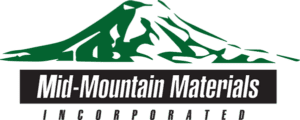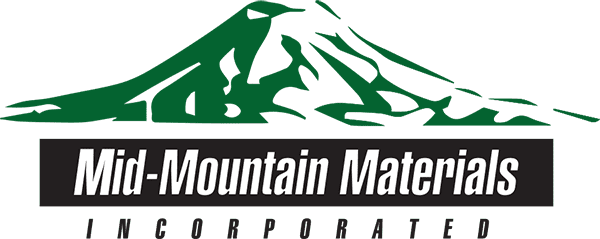Welding curtains are a rounded solution to many of the issues presented by metal joinery procedures, offering protection to process bystanders from the sparks and vibrant light generated as a byproduct from the weld.
Conventional welding methodologies involve fusing two or more metal components together through gas flame, electric arc, or other high-temperature joining methodologies. The contacting point of base metals is heated to a molten phase, typically in the presence of a catalytic filler to improve the mechanical qualities of the joint. Typical oxyacetylene welding torches burn at temperatures of 1,980°C (3,590°F) and produce levels of ultraviolet and infrared light that can be damaging to the naked eye. Welding pads and goggles are widely-standardized equipment for torch operators in weld applications, but welding curtains provide broader protections for process bystanders.

Torch operators also run the considerable risk of exposure to hazardous gases produced from the weld procedure, either from the fuel, the base material, protective coatings on the base material, or a reaction therein. Welding curtains allow operators to carry out critical welding procedures in unenclosed spaces, increasing the ventilation capacities of the process without causing optical irritation to other workers or professionals.
This article will explore how welding curtains work in more detail:
Welding Curtain Materials
Welding curtains owe their unique mechanical properties to the matrix of materials used in their construction. Fire-retardant fabrics such as fiber-reinforced polymers are typically used as a base material, providing robust yet flexible protection from incident heat of varying degrees. This light to heavyweight material is typically treated with a proprietary coating of silicone or vermiculite to reduce the fabric’s susceptibility to flame impingement.
The flexibility of the product is key for enabling the simple construction of a defined welding area in an open, well-ventilated space. This allows torch operators to establish safe operating conditions in an open workshop environment where the fumes produced by oxyl-fuel torches or other weld components can effectively dissipate. The opacity of these welding curtains can be tailored for specific requirements.
Mid-Mountain Materials provides three distinct material ranges suitable for use as welding curtains: ARMATEX® Coated Fabrics, HYTEX® Woven Fabrics, and SILTEX® Silica Fabrics. These each have distinct temperature requirements and various color options to provide distinct levels of optical protection. They can all be fabricated into welding curtains and blankets specific to your requirements.
Welding Curtains from Mid-Mountain Materials
Mid-Mountain Materials, Inc. has 42 years of experience in the development of thermally-resistant materials for demanding industrial applications. Our welding curtain materials are designed to offer support and protection to individuals that are incident to a weld process, and to create a clearly-established area for joineries to occur.
If you would like any more information about our welding curtains, please do not hesitate to contact us.

